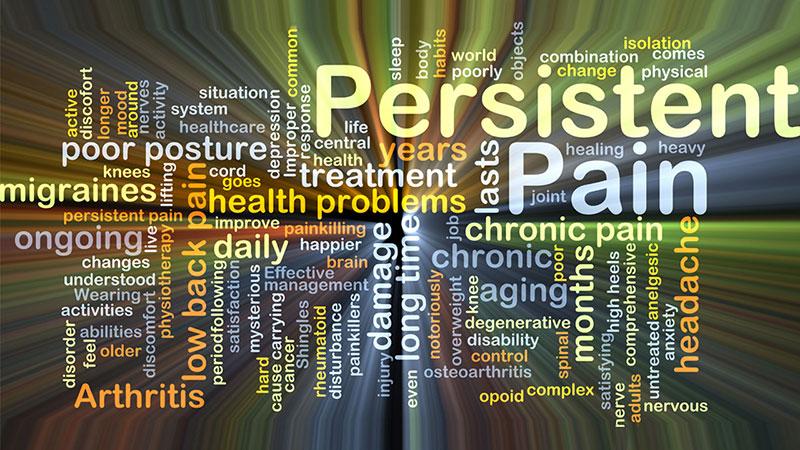Pain, whether acute or chronic, can significantly impact one’s quality of life. From sports injuries to persistent conditions like migraines and arthritis, pain can become a debilitating aspect of daily life. Addressing pain effectively requires a comprehensive approach that not only alleviates symptoms but also targets the underlying causes. This article explores various strategies to stop lifelong pain suffering, focusing on sports injuries, chronic pain conditions, treating the root causes of pain, and improving mobility to enhance longevity.
Sports Injuries and Acute Pains
Sports injuries are common among athletes and active individuals, often leading to acute pain that, if not properly managed, can result in long-term issues. Injuries such as sprains, strains, and fractures require immediate attention to prevent further damage and ensure proper healing. Rest, ice, compression, and elevation (RICE) are fundamental first aid measures for acute sports injuries. Seeking prompt medical evaluation and treatment is crucial to address the injury and minimize pain.
Rehabilitation plays a key role in recovering from sports injuries and preventing chronic pain. Physical therapy can help restore strength, flexibility, and function, promoting a full recovery. Techniques such as massage therapy, acupuncture, and chiropractic care can also aid in pain relief and healing. Incorporating preventive measures, such as proper warm-up routines, using appropriate equipment, and maintaining good technique, can reduce the risk of future injuries and support long-term pain management.
Chronic Pain – Migraines, Arthritis, Peripheral Neuropathy
Chronic pain conditions, such as migraines, arthritis, and peripheral neuropathy, can be particularly challenging to manage. Migraines are severe headaches often accompanied by nausea, light sensitivity, and visual disturbances. Identifying and avoiding triggers, such as certain foods, stress, and lack of sleep, can help reduce the frequency and severity of migraines. Medications, lifestyle changes, and alternative therapies like acupuncture and biofeedback can also provide relief.
Arthritis, characterized by joint inflammation and pain, affects millions of people worldwide. Managing arthritis involves a combination of medication, physical therapy, and lifestyle modifications. Regular exercise, weight management, and a balanced diet rich in anti-inflammatory foods can help reduce symptoms. Peripheral neuropathy, which involves nerve damage causing pain and numbness, often requires a multifaceted approach. Pain management strategies, including medications, physical therapy, and complementary therapies like acupuncture and transcutaneous electrical nerve stimulation (TENS), can improve quality of life for those suffering from chronic pain.

Treating The Root Cause of Pain
Treating the root cause of pain is essential for achieving long-term relief and preventing recurrence. Rather than merely masking symptoms with painkillers, it is important to identify and address the underlying issues contributing to pain. This might involve investigating structural problems, such as spinal misalignment or joint dysfunction, which can be corrected through chiropractic care or orthopedic interventions. For chronic pain conditions, understanding and managing contributing factors like inflammation, stress, and lifestyle habits is crucial.
Holistic approaches to pain management, such as functional medicine, focus on treating the whole person rather than just the symptoms. This includes addressing nutritional deficiencies, hormonal imbalances, and environmental factors that may be exacerbating pain. Integrative therapies, such as acupuncture, massage, and mindfulness meditation, can complement conventional treatments, providing a comprehensive plan that targets the root causes of pain and promotes overall health and wellbeing.
Poor Mobility and Longevity
Mobility is a key factor in maintaining independence and quality of life, particularly as we age. Poor mobility can lead to a sedentary lifestyle, which increases the risk of chronic pain, muscle weakness, and joint stiffness. Regular physical activity, tailored to individual capabilities, is essential for preserving mobility and preventing pain. Strength training, flexibility exercises, and aerobic activities can improve muscle function, enhance joint health, and reduce pain.
In addition to physical exercise, proper posture and body mechanics are vital for preventing pain and maintaining mobility. Ergonomic adjustments in daily activities, such as using supportive footwear and optimizing workspace setup, can reduce strain on the body. Ensuring adequate nutrition and hydration supports overall musculoskeletal health, contributing to better mobility and longevity. By prioritizing mobility, individuals can enjoy a more active, pain-free life well into their later years.
Lifelong pain suffering can be mitigated through a comprehensive approach that addresses both the symptoms and underlying causes of pain. Whether dealing with sports injuries, chronic conditions like migraines and arthritis, or improving mobility to enhance longevity, a multifaceted strategy is essential. By incorporating medical treatments, holistic approaches, and lifestyle modifications, individuals can achieve significant pain relief and improve their overall quality of life. Taking proactive steps today can lead to a healthier, more comfortable future free from the constraints of chronic pain.
CALL 631.360.8100
Begin Your Path To Wellness Today...
CALL 631.360.8100
Find Your Balance
Call To Book Your Appointment
CALL 631.360.8100



